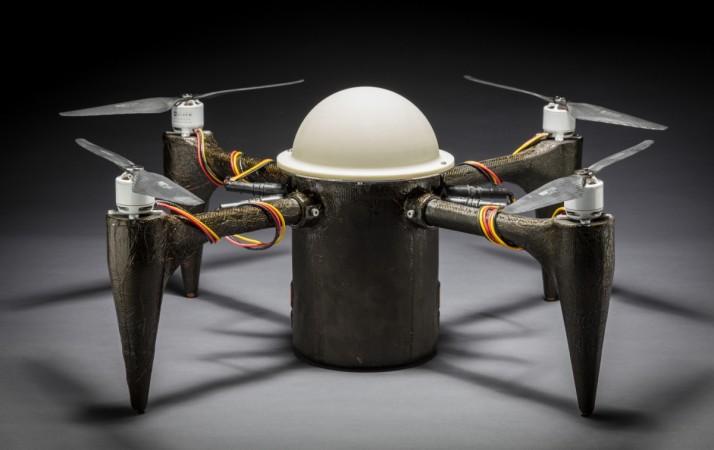
In the recent past, there has been a spike in the number of companies and enthusiasts using quadcopters for various missions -- some to deliver goods and others to do aerial photography. And as the quadcopter-makers try their hands at niche segments, researchers at the Johns Hopkins University Applied Physics Laboratory have come up with an innovative unmanned aerial vehicle (UAV), which has the ability to stay beneath water and can then be launched into airborne operations.
This submersible UAV, christened CRACUNS or Corrosion Resistant Aerial Covert Unmanned Nautical System, can perform a "variety of missions." It has the ability to operate from both air and water.
"Engineers at APL have long worked on both Navy submarine systems and autonomous UAVs," said Jason Stipes of APL's Sea Control Mission Area, project manager for CRACUNS, in a press release.
"In response to evolving sponsor challenges, we were inspired to develop a vehicle that could operate both underwater and in the air," Stipes added.
The CRACUNS prototype lets users to operate it form harsh littoral (shore) environment and offers flexibility with the payload, which allows it to engage in wide range of missions. It can be launched from a depth of over 100 ft.
This CRACUNS UAV is developed to withstand underwater pressure and is made with lightweight, submersible, composite airframe. The UAV can withstand the corrosive salt water environment as researchers have sealed the sensitive components in a dry pressure vessel and motors were given anti-corrosive coatings. While under development, the UAV was kept under salt water for two months and there was "no sigh of corrosion and continued to operate while submerged."
Further, it is a low cost UAV and hence can be used in large numbers for high-risk operations.
The UAV is a testimony to a new way of "thinking about the fabrication and use of unmanned systems" said Rich Hooks, an aerospace and mechanical engineer who was part of the team.

















